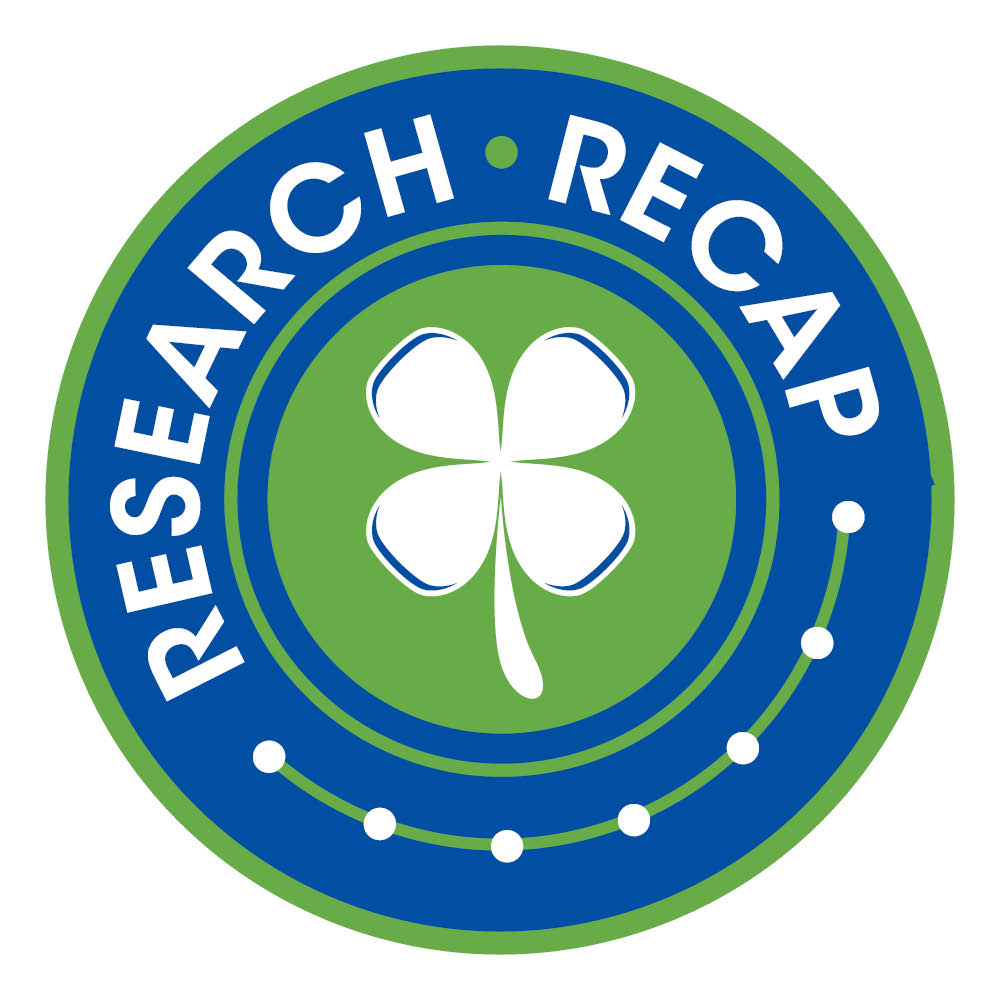This Week in EPA Science
St. Patrick’s Day not enough green for you? Then check out the latest in environmental science from EPA!
High-Throughput Research on Flame Retardants in Zebrafish
EPA researcher Dr. Pamela Noyes recently won the Best Postdoctoral Publication at the 2016 Society of Toxicology Conference for her paper titled, “Advanced morphological – behavioral test platform reveals neurodevelopmental defects in embryonic zebrafish exposed to comprehensive suite of halogenated and organophosphate flame retardants.” Dr. Noyes’ study shows that exposure to certain flame retardants is potentially associated with various neurological changes in zebrafish. Read more about her research in the blog One Fish, Two Fish, Test Fish, Control Fish.
Olive Oil and Fish Oil: Possible Protectors against Air Pollution
Ever wondered what’s so healthy about taking fish oil tablets? EPA scientist Dr. Samantha J. Snow is investigating one of the potential benefits. Her recent research looks at how these oils in the diet might change the body’s reaction to exposure to ozone, a common outdoor air pollutant. Read more about her research in the blog Olive Oil and Fish Oil: Possible Protectors against Air Pollution.
Interviews with EPA’s Thomas Burke
EPA Science Advisor and Deputy Assistant Administrator for the Office of Research and Development, Dr. Thomas Burke, was recently interviewed for the American Thoracic Society’s Research News Quarterly. Dr. Burke also talked to Bloomberg BNA about the role he envisions for public health in environmental decision-making.
Upcoming Events
Interested in what’s happening at EPA this month? Check out the Events to watch for in March blog to learn about a few public meetings and webinars you can attend! You can also read about an upcoming webinar highlighting a research funding opportunity in the blog Integrating Human Health and Well-Being with Ecosystem Services.
About the Author: Kacey Fitzpatrick is a student contractor and writer working with the science communication team in EPA’s Office of Research and Development.




